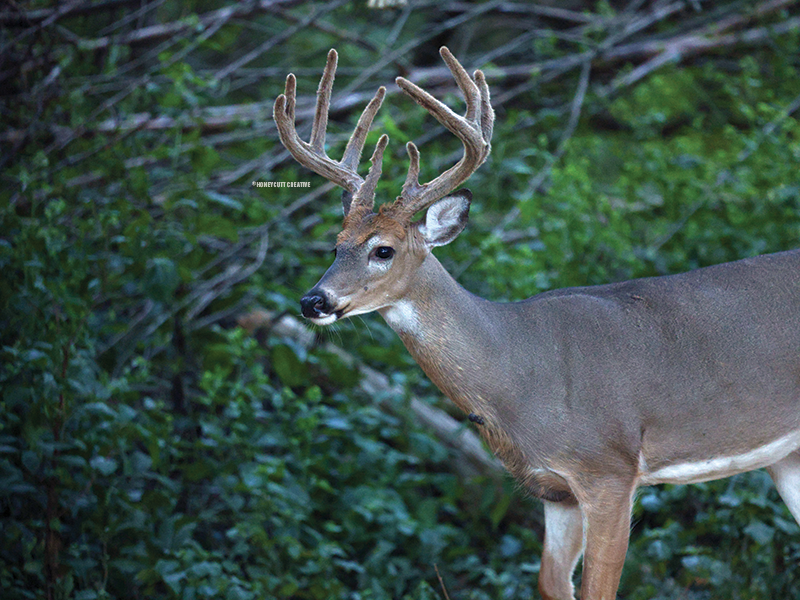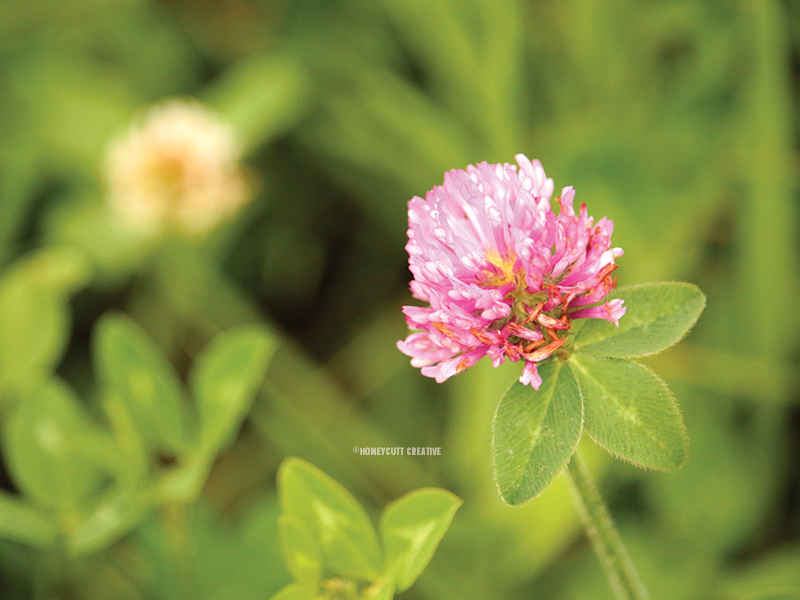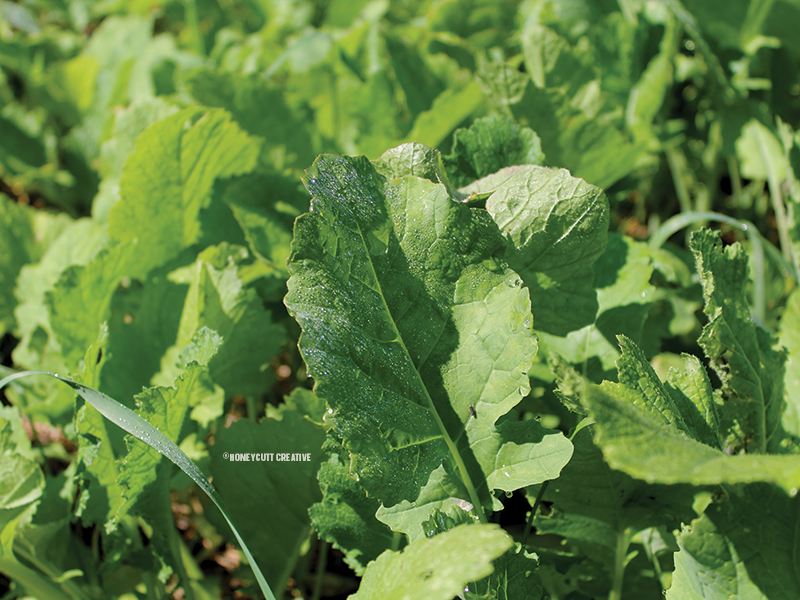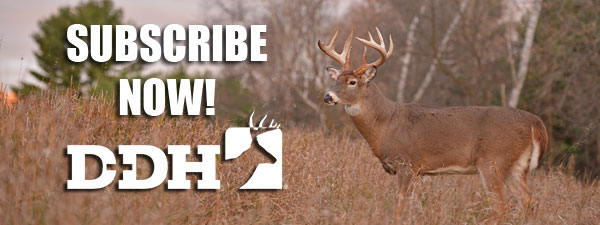A heavy-racked 10-point buck rips a turnip out of the ground, turns toward you, and munches like it’s his last supper. If all goes well for you, it just might be. But how do you get there?
Getting deer into the plot is the first part of the equation. Keeping bucks coming back is an important next step in the process. Knowing how to capitalize, and the proper setup to reach capitalization, is the third part.
So, there are bucks in the area. Some of them might even be slammers. But they aren’t using your food plots. At least, they aren’t using these during daylight hours. Or they’re using them during daylight, but not consistently or reliably.
So, what’s the deal? Here are possible solutions to these common problems. Check out these ways to get bucks into your food plots using advanced tips and tactics to increase the attractiveness of your food plots.
Reduce the Pressure
The entire basis of an improved hunting property is reducing the chances of deer detecting your presence. The first step in ensuring deer use your food plots is reducing pressure. That includes the potential for pressure, too. This involves multiple layers.
First, start with entry and exit routes in mind. If you can’t reach that food plot without alerting deer, it shouldn’t be a food plot (or stand location). Secondly, if you can’t hunt that spot without high odds of spooking deer while there, it shouldn’t be a food plot (or stand location). Thirdly, if you can’t depart without alerting deer to your presence, it shouldn’t be a food plot (or stand location).

Additionally, allow for “dead spaces” on the property. Too many think every acre should be optimized for bedding or food sources. More times than not, when that’s done, entry and exit routes suffer. Hunters then must pressure deer to get in and/or out of the property. There’s a balance to strike between optimizing a property and over-optimizing it to the point it decreases the overall hunting value.
Reduce the Number of Food Plots
One of the biggest mistakes land managers make is providing too much food in too many places. While we shouldn’t reduce the volume of food offered, it’s crucial to make that food more centralized. It’s better to offer more food in one location than that same amount of food in five or 10 locations.
The exception? When a larger property is divided into quadrants. This is where you set up smaller ecosystems within the larger area. But everything a deer needs is within each one. So, each bedding area has one or two food plots associated with it.
Think about it. The goal is to maximize your odds of holding that deer on the property and subsequently seeing it in person. By offering it numerous food source options (locations), you reduce the odds of seeing that deer.
So, offer plenty of food for the herd, but reduce the number of total food plots planted. Place these in the spots with the best entry and exit route access. Immediately, that increases the odds deer use the food plot you want them to.
Choose the Best Food Plot Locations
Improved food plot success requires optimized food plot location. Choosing better spots to plant the dinner table and snack bar are integral decisions in favorable food plot results.
If few bucks are visiting your food plots, or visiting them during daylight, it’s likely due to location. Oftentimes, we think deer use greater areas than they do. After all, the average home range of a buck is 650 acres, right? So, they should be using these grand, pristine food plots.
However, that 650 acres is area inhabited over the course of a year. Plus, deer have much smaller core areas, which is where deer spend 70%, 80%, or more of their time. Different timeframes come with different seasonal needs and requirements by deer.
Given that, odds of a deer spending much if any time in a random food plot are rather low. The plot might be too far from the buck’s bedding areas. Perhaps it’s just off the primary lines of movement. Any number of reasons could account for minimal to no use.
Thus, food plotters must be very deliberate in their efforts to attract deer to their food plots. Locate these closer to bedding areas. Position food plots along well-traveled, popular travel routes.

Optimize the Local Trail Network
Deer use a set trail system to navigate the property. Some trails are smaller paths, and others are larger travel routes. It’s not unlike man-made road systems, really. You have smaller back roads that connect homes (bedding areas) with country roads to state roads to interstates (primary trails and large travel routes), which lead to other destinations, such as food sources, watering holes, and other bedding areas.
Sometimes, the local deer trail network is optimized. Other times, it could be altered or enhanced to improve the hunt-ability of the area. Therefore, blocking trails that aren’t advantageous for hunters, and opening new trails that are, is an excellent way to drive more traffic toward your food plots.
Maintain Better Soil and Plant Health
Many believe that deer are more attracted to plants with better nutrients. Of course, better soil health with greater nutrients tends to produce better plant life. This leads to improved quality and quantity of the forage available to deer.
Because of this, land managers should strive to maintain better soil health. Take soil samples. Amend it as needed with fertilizer and lime. Optimize the pH. Elevate the plant life as a result. That should attract more deer.
Another element of improving plant health is removing unwanted competition. Use proper weed control measures to free up soil space, soil nutrients, and access to light for the species you specifically planted for deer.
Prep a good seed bed, too. Plant seeds at the proper depth. Maintain plots as required post-germination. These and more are important steps in the process.
Offer Something Unique
Whitetails aren’t grazers. Rather, these ruminants are best described as concentrate selectors. That means they eat the best parts of the best plants. Even so, the Mississippi State University (MSU) Deer Lab has documented deer eating approximately 400 plant species (in the Southeast alone), and that number is likely more than 600 species nationwide.
That said, deer love variety. Hunters can add instant appeal to their food plots by planting something unique to the area. If deer can’t get it on neighboring farms, you can pull more bucks onto your property.
Of course, clover is everywhere. Brassicas is now highly popular. So are key ag crops, such as alfalfa, corn, grain sorghum (milo), soybeans, and wheat. Examples of common food plot species that are still unlikely to be on neighboring tracts? Beets, cereal rye, chicory, oats, radishes, sunflowers, turnips, etc. Some food plot plant species are still common but are slightly more unique to the landscape. Canola, cowpeas, buckwheat, iron clay peas, kale, lablab, triticale, winter peas, and more.
Remember, if it’s entirely new to the local deer herd, it might take some time for deer to adjust and adopt the new food source. That might be a few days, weeks, or even a season for deer to take to it.
Provide Multiple Food Plot Species
As noted above, deer eat hundreds of plants in a given year. But deer need and want different nutrient types depending on the season and weather conditions. For example, in spring and summer, during the antler growing season, bucks need high-protein feed. Does need the same for milk production. In contrast, come fall and winter, it’s more about carbohydrates, fiber, and other timely nutrients.
In essence, deer need variety, but once you plant a food plot, it’s done. There’s no changing it until the next planting season. This requires extensive thought and planning.
Plant food plots in a manner that provides more year-round forage, but within more centralized locations. For example, instead of planting the entire field in one plant species, plant several (in separate sections) with the intent to provide food not just in summer or early fall, but in summer, fall, and winter. Divide the field into quadrants, and plant accordingly.
Another important consideration is syncing food plot species with nearby destination food sources. These should attract deer around the same time nearby destination food sources do so. This helps keep deer traveling along the lines of movement you want them to. This is even more important if your food plots are not the destination food source and serve more as a staging area food source or micro food plot.

Provide Visible Barriers and Soft Edges
Deer feel safer when they can’t see out of the food plot. It’s better if they look across the food plot and see a wall of cover rather than a busy neighborhood or roadway several hundred yards away. This visible barrier adds another layer of comfort, and increases the odds deer visit that area during daylight instead of after dark.
There are multiple ways to accomplish this. Some plant trees, such as cedars, spruce, or others that provide thick shields. Others might plant Egyptian wheat (an annual) or giant miscanthus (a perennial) to accomplish it via fast, high-reaching grasses. Still, others might hinge-cut a wall of trees.
On a similar note, land managers can add barriers to help “steer” deer in the right direction. Perhaps while logging, ask the logger to pile logs along an area you don’t want deer passing. Maybe you install a line of woven-wire fence that they can technically jump over yet encourages deer to travel a more desirable path and through a gap.
In addition to perimeter barriers to limit visibility looking into and out of the food plot, consider planting soft edges around the perimeter. Oftentimes, this is a layer of native grasses between the food plot and the timber around or next to it. This “feathering” increases whitetail comfort levels, which boosts daylight usage and usage by mature bucks.
Add Extra Food Plot Incentives
Whitetails have a long list of nutritional requirements. Bedding (cover and sanctuary, which are different), food sources, and water sources are the big factors. These immediately elevate the quality of an area.
Because of this, adding a water hole to a food plot can boost its attractiveness. Think of it as an extra incentive for deer to use it. In areas where water is more limited, this has even more drawing power.
Mineral is another option. Where legal, consider providing mineral supplements. Whether in a loose mineral in trough form, loose mineral within a lick, or solid mineral in lick form, this can encourage more deer to visit the food plot.
Supplemental feed is another bonus. Again, where legal, this adds a layer of incentives for deer to visit the area. This gives them something else they might not get elsewhere. Or, in areas with heavy baiting and feeding cultures, it’s often a must merely to compete with neighboring hunters.
In addition to nutritional needs, deer are also very social. Adding mock scrapes, scrape posts, scrape ropes, and horizontal rubs can provide rubbing and scraping options right there in the food plot. Place these in strategic locations that pose deer for shot opportunities and trail cameras.
Add Cover Around Stands and Blinds
Choosing stand and blind locations with quality entry and exit routes is the first and foremost method for decreasing human intrusion. However, adding cover around these is another benefit. This allows hunters to get into and out of their hunting spot with lower chances of deer seeing them come and go. This shield helps them minimize odds of being seen on arrival or departure.
Retain Deer Through the Winter
Although commonly overlooked, retaining resident deer and attracting neighboring whitetails in late winter, and holding them until early spring, greatly increases the odds they’ll be there the next season. By providing late-winter and early spring food sources, it maximizes the chances that deer will stay there for the next hunting season.
Obviously, getting a mature buck to use your food plots is no easy task. However, it’s an important goal for anyone who hopes to shoot a big, mature buck. Keep all of the above in mind when planning to maximize your food plots and land management program.

